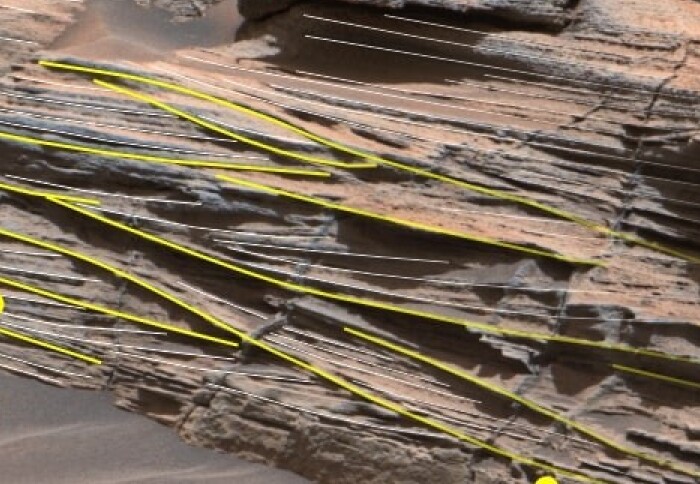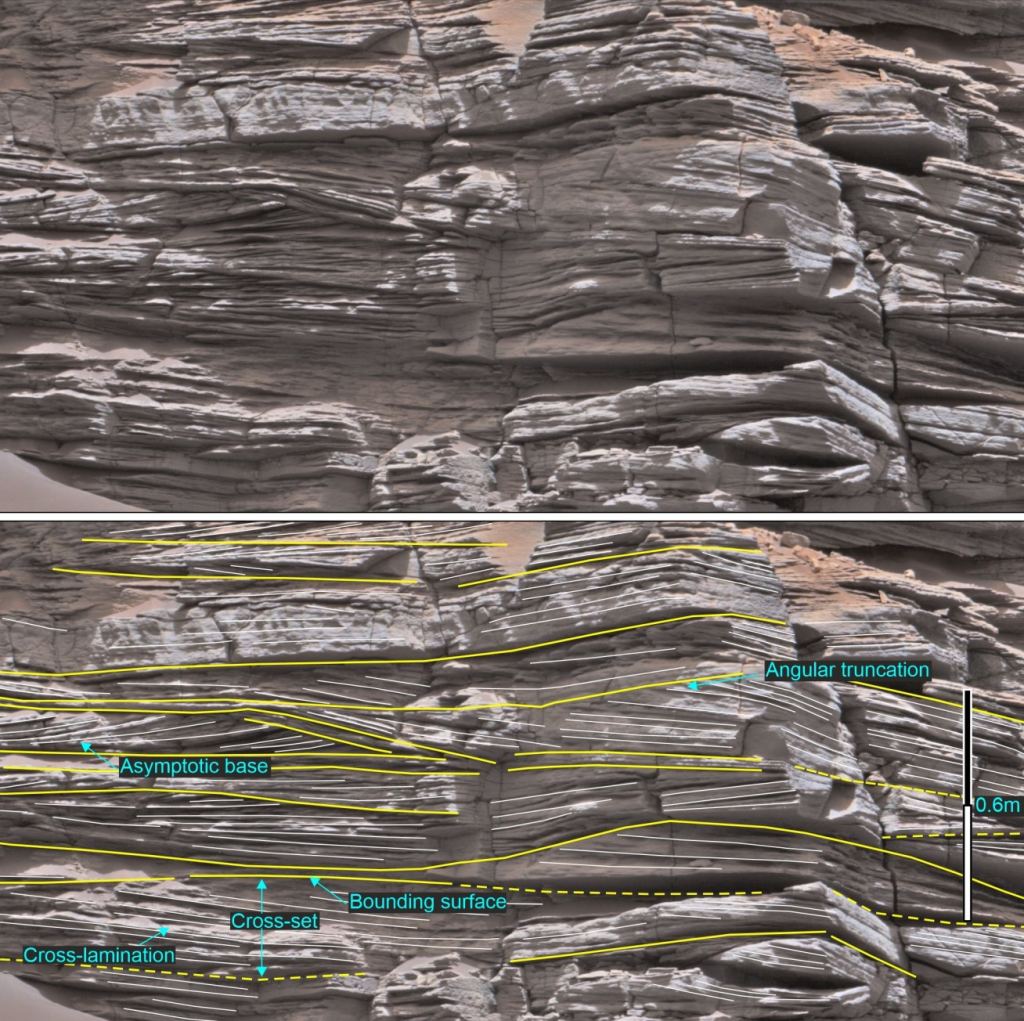
Gale
A gale is a strong wind; the word is typically used as a descriptor in nautical contexts. The U.S. National Weather Service defines a gale as sustained surface winds moving at a speed of between 34 and 47 knots. Forecasters typically issue gale warnings when winds of this strength are expected. In the United States, a gale warning is specifically a maritime warning; the land-based equivalent in National Weather Service warning products is a wind advisory. Other sources use minima as low as 28 knots, and maxima as high as 90 knots. Through 1986, the National Hurricane Center used the term "gale" to refer to winds of tropical force for coastal areas, between 33 knots and 63 knots. The 90 knots definition is very non-standard. A common alternative definition of the maximum is 55 knots. The most common way of measuring wind force is with the Beaufort scale which defines a gale as wind from 50 kilometres per hour to 102 kilometres per hour.









